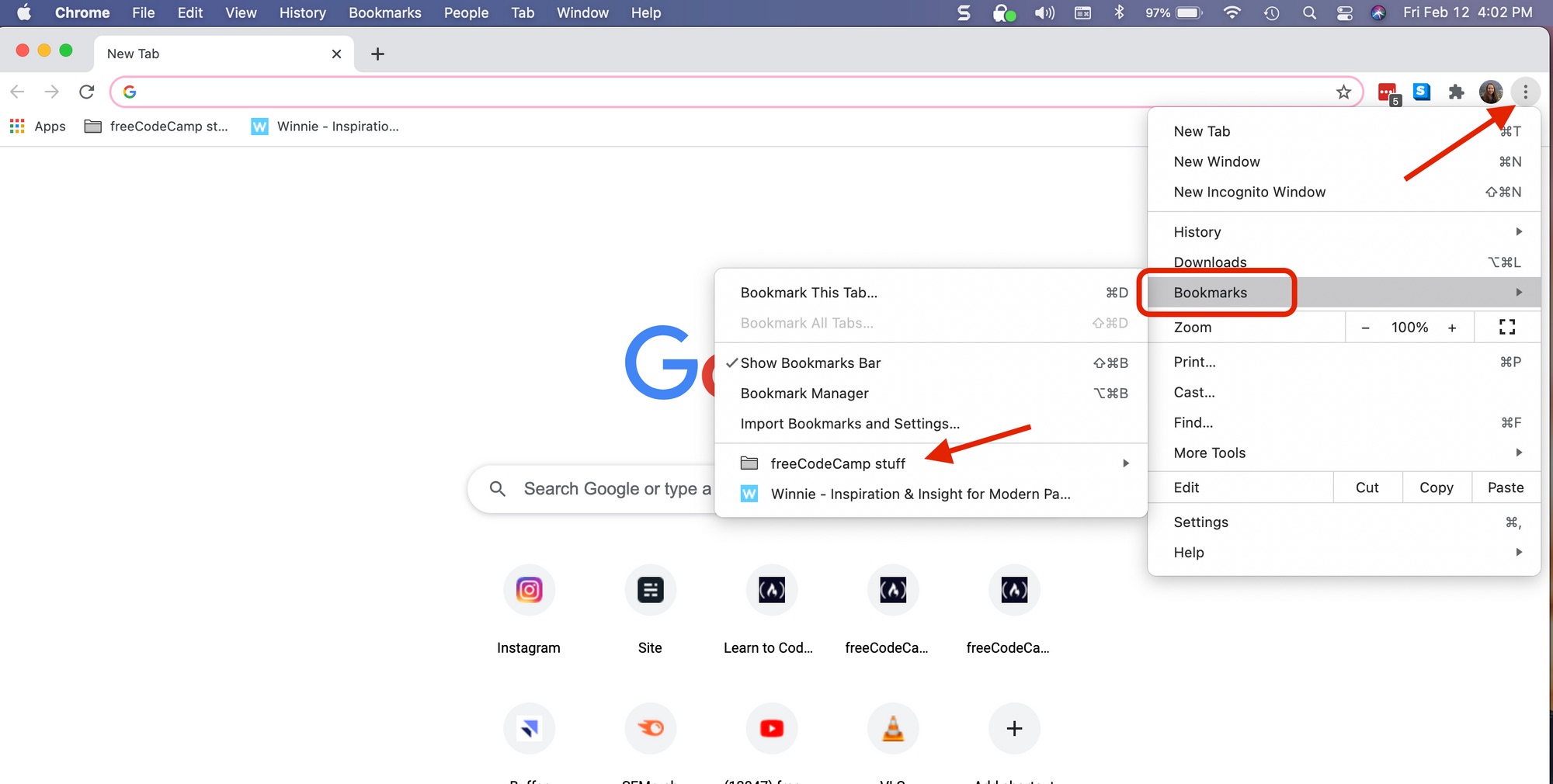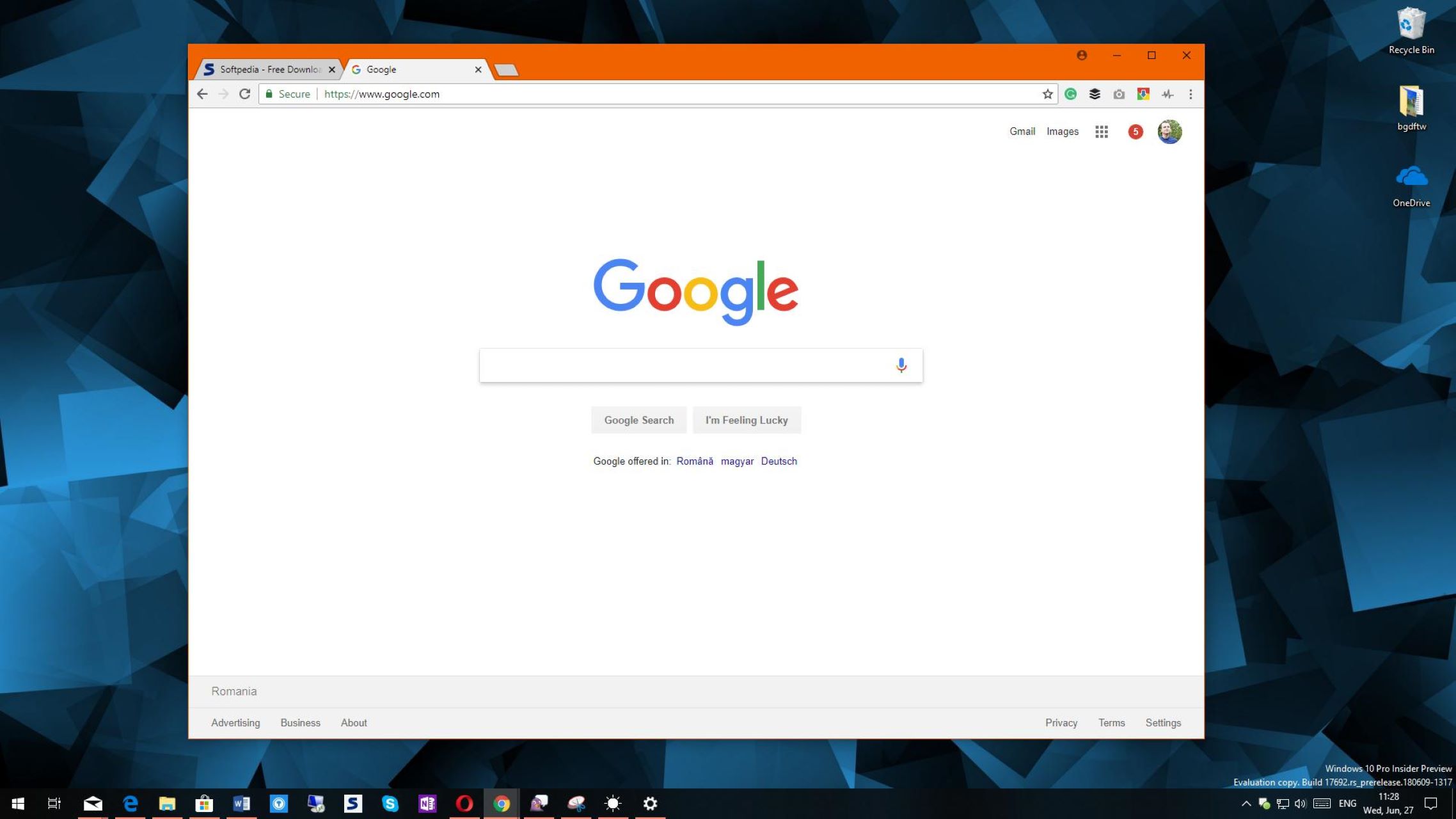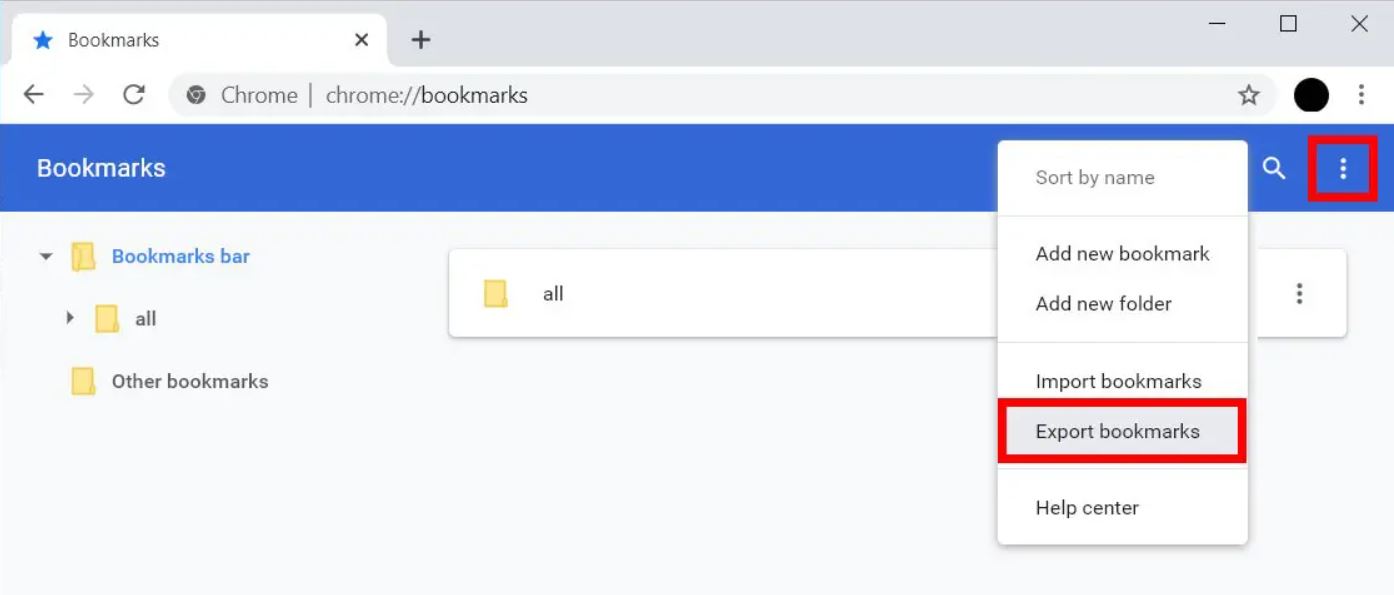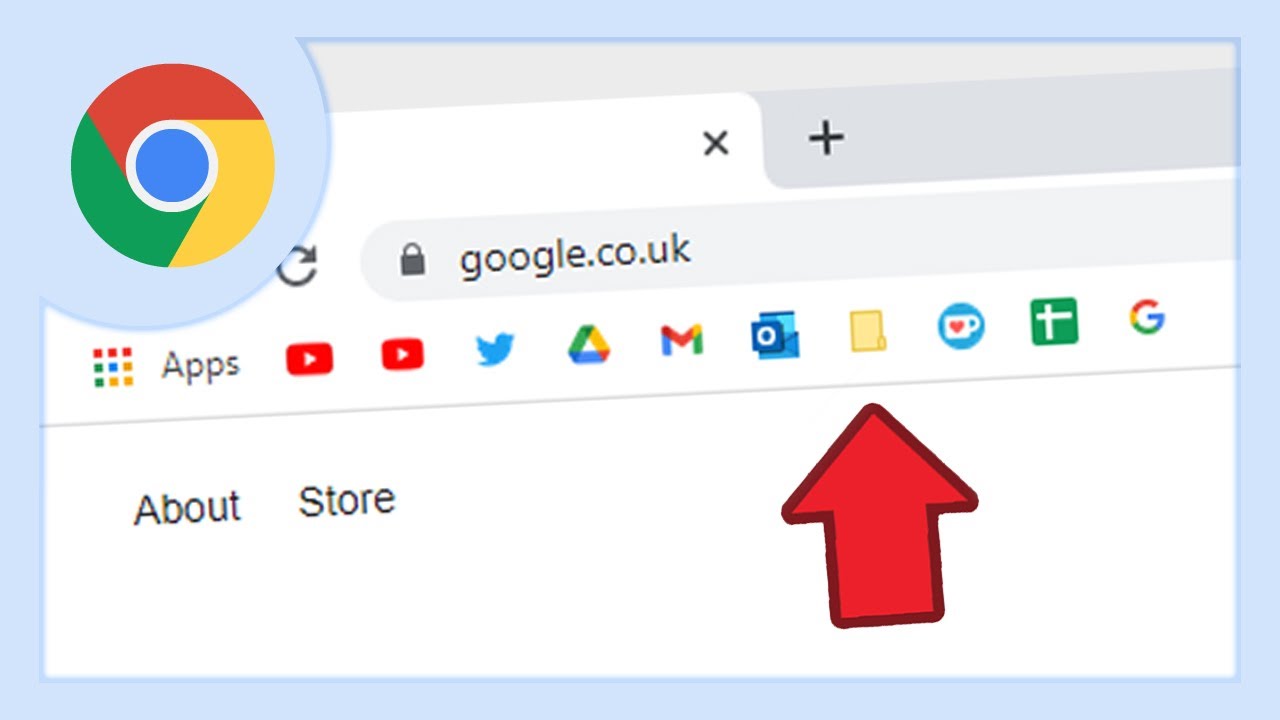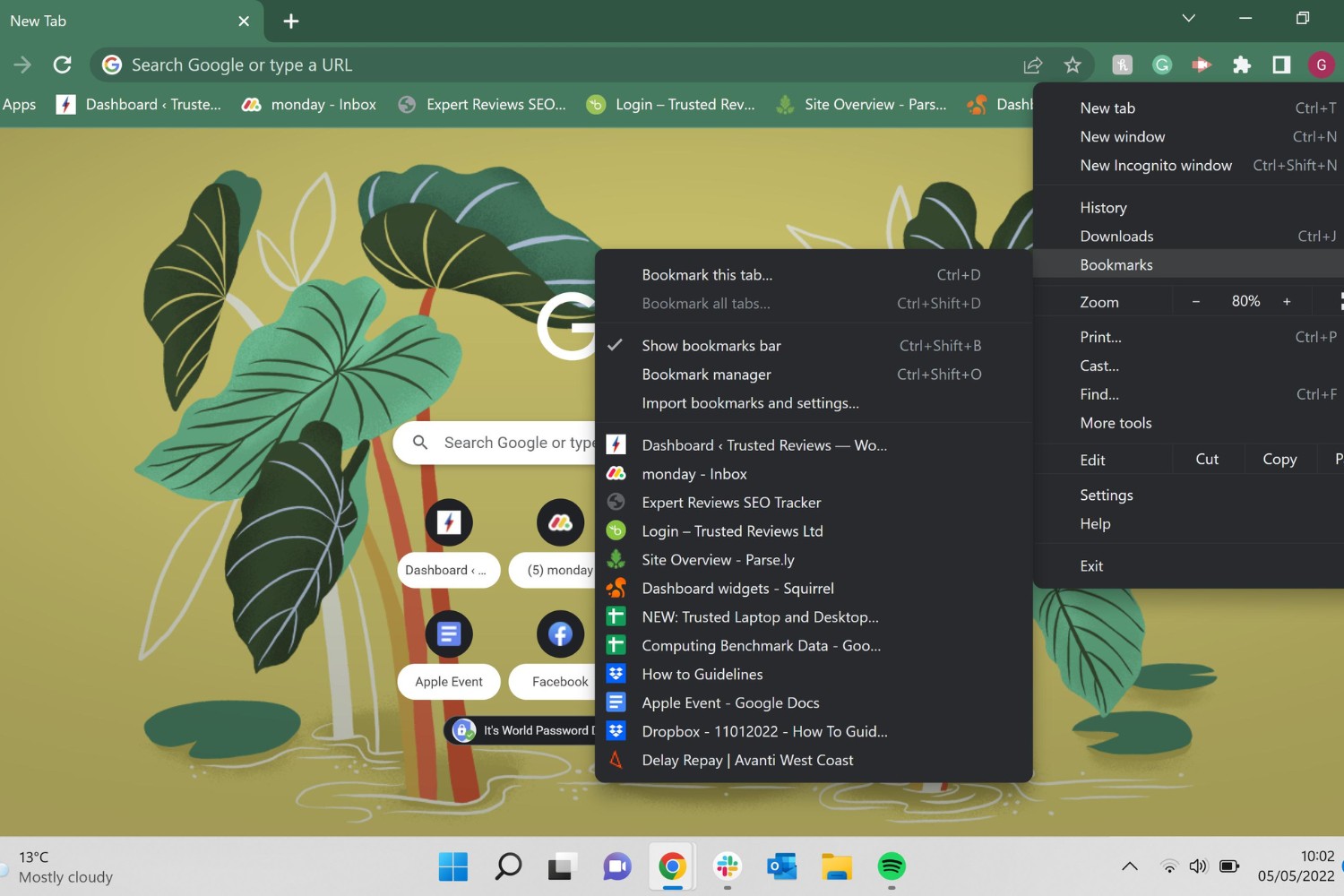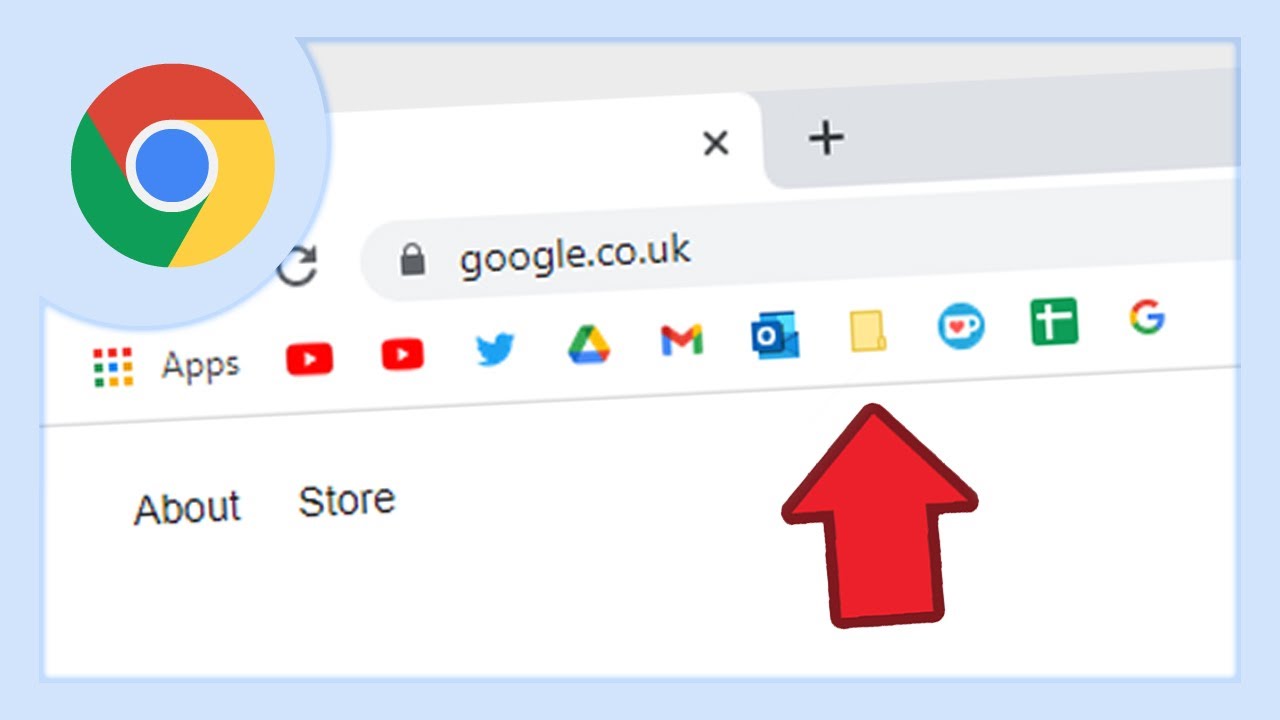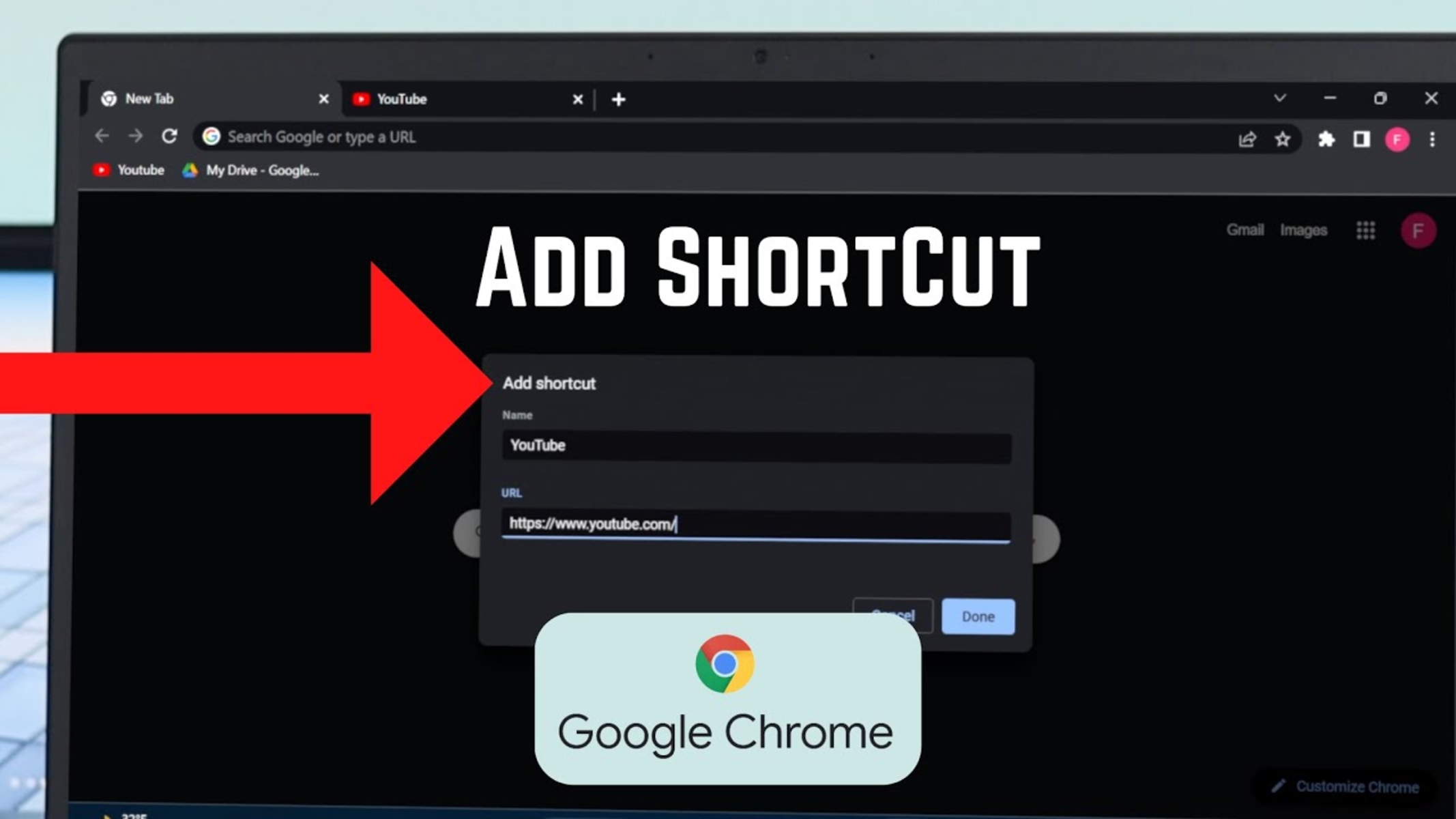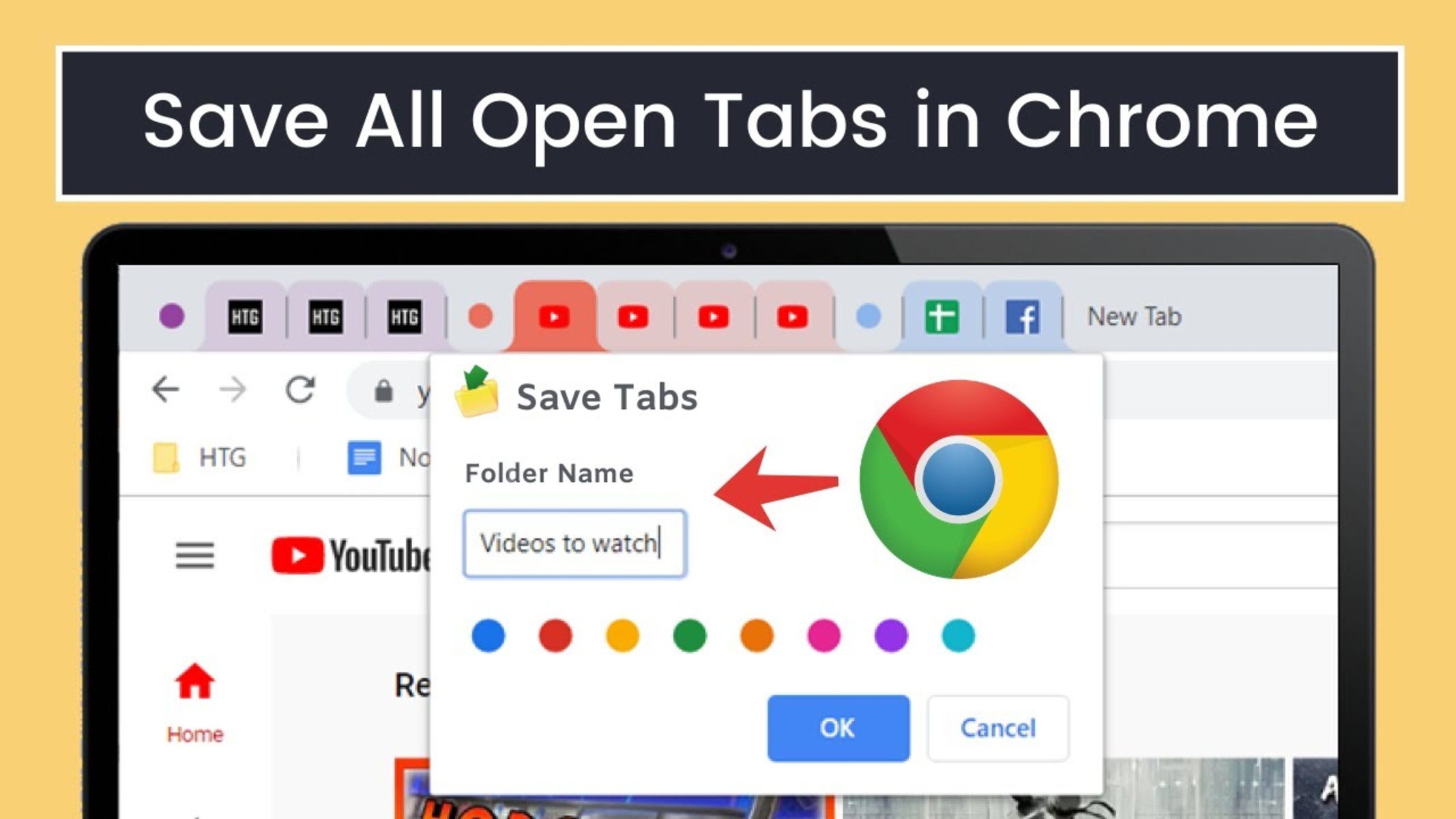Introduction
Chrome bookmarks are an essential feature for anyone who wants to keep track of their favorite websites, articles, or resources. They serve as a convenient way to access frequently visited web pages with just a click, eliminating the need to remember or type in lengthy URLs each time. Whether you're a casual internet user, a student conducting research, or a professional managing multiple projects, bookmarks offer a simple yet powerful solution for organizing and accessing online content efficiently.
In this article, we will delve into the world of Chrome bookmarks, exploring where they are stored, how to access them, and the underlying mechanisms that make them an integral part of the browsing experience. Understanding the inner workings of Chrome bookmarks can empower users to make the most of this feature, whether it's syncing bookmarks across devices, creating folders for better organization, or even exporting bookmarks for backup or sharing purposes.
So, let's embark on a journey to uncover the mysteries of Chrome bookmarks and gain a deeper understanding of their functionality and significance in the realm of web browsing. Whether you're a seasoned Chrome user or just getting started, this exploration will shed light on the often overlooked yet invaluable tool that is the humble bookmark.
Understanding Chrome Bookmarks
Chrome bookmarks are virtual placeholders that allow users to save and quickly access their favorite web pages. They serve as a personalized catalog of online content, enabling users to revisit specific websites without the need to remember or search for their URLs. Essentially, bookmarks act as a shortcut to frequently visited web pages, providing a convenient and time-saving way to navigate the vast landscape of the internet.
When a user bookmarks a webpage in Chrome, they are essentially creating a direct link to that page, which is then stored within the browser for easy retrieval. This link contains the URL of the webpage, along with any custom name or description provided by the user. Additionally, users can organize their bookmarks into folders, allowing for better categorization and management of saved web pages.
One of the key benefits of Chrome bookmarks is their ability to sync across devices. This means that if a user is signed in to their Google account on multiple devices, such as a desktop computer, laptop, or mobile device, their bookmarks will be accessible from any of these devices. This seamless synchronization ensures that users can access their saved web pages regardless of the device they are using, providing a consistent browsing experience across different platforms.
Furthermore, Chrome bookmarks can be utilized for more than just saving individual web pages. Users can create bookmark folders to further organize their saved content. This feature is particularly useful for individuals who want to categorize their bookmarks based on different topics, projects, or interests. By creating folders and subfolders, users can maintain a well-structured collection of bookmarks, making it easier to locate specific web pages when needed.
In essence, Chrome bookmarks are a fundamental tool for streamlining the browsing experience. They offer a personalized and efficient way to store, organize, and access online content, ultimately enhancing productivity and convenience for users. Whether it's saving a helpful tutorial, bookmarking a favorite news website, or organizing research materials for a project, Chrome bookmarks provide a versatile solution for managing online resources with ease.
Where Chrome Bookmarks are Stored
Chrome bookmarks are stored within the user's profile directory on the local system. Specifically, they are saved in a file known as "Bookmarks" with no file extension, making it easily identifiable within the Chrome profile folder. This file contains a user's bookmarked URLs, along with any custom names or descriptions assigned to the bookmarks.
The location of the Chrome profile folder varies depending on the operating system. For Windows users, the default location of the Chrome profile folder is typically found at "C:\Users\username\AppData\Local\Google\Chrome\User Data\Default." On macOS, the profile folder is commonly located at "/Library/Application Support/Google/Chrome/Default," while Linux users can find it at "/.config/google-chrome/default."
Within the Chrome profile folder, the "Bookmarks" file is accompanied by a "Bookmarks.bak" file, which serves as a backup of the bookmarks. This backup file can be useful in the event of data loss or corruption, allowing users to restore their bookmarks from a previous state.
In addition to the "Bookmarks" file, Chrome also utilizes a separate file named "Bookmarks.bak" to store a backup of the bookmarks. This file can be valuable in case of accidental deletion or corruption of the primary "Bookmarks" file.
It's important to note that Chrome bookmarks can also be synced to the user's Google account if the sync feature is enabled. In this scenario, the bookmarks are stored in the cloud, allowing users to access them from any device where they are signed in with their Google account. This cloud-based storage ensures that bookmarks remain accessible and consistent across multiple devices, providing a seamless browsing experience.
Understanding the location of Chrome bookmarks on the local system can be beneficial for users who wish to manually back up their bookmarks, transfer them to a different device, or troubleshoot issues related to bookmark synchronization. By knowing where the bookmarks are stored, users can gain greater control over their saved web pages and ensure their accessibility and integrity.
How to Access Chrome Bookmarks
Accessing Chrome bookmarks is a straightforward process that allows users to quickly retrieve their saved web pages and efficiently navigate the internet. Whether it's revisiting a favorite website, referencing research material, or accessing a bookmarked tutorial, Chrome provides multiple avenues for users to access their bookmarks seamlessly.
Using the Bookmarks Bar
One of the most convenient methods to access Chrome bookmarks is through the Bookmarks Bar, a visible toolbar located just below the address bar. Users can add frequently accessed bookmarks to the Bookmarks Bar for easy one-click access. By right-clicking on the Bookmarks Bar and selecting "Add Folder" or "Add Page," users can populate the Bookmarks Bar with their preferred bookmarks, creating a readily accessible collection of frequently visited web pages.
Using the Bookmarks Menu
Chrome also offers a Bookmarks Menu, accessible by clicking on the three-dot menu icon in the top-right corner of the browser window and selecting "Bookmarks." From the Bookmarks Menu, users can navigate through their bookmarked folders and individual web pages, providing a comprehensive view of their saved content. This method is particularly useful for users who prefer a hierarchical view of their bookmarks, organized into folders and subfolders for easy navigation.
Keyboard Shortcuts
For users who prefer quick keyboard navigation, Chrome offers keyboard shortcuts to access bookmarks efficiently. By pressing "Ctrl + Shift + B" on Windows or "Command + Shift + B" on macOS, users can toggle the visibility of the Bookmarks Bar, providing instant access to their bookmarked web pages without the need to navigate through menus or interfaces.
Bookmark Manager
Chrome's Bookmark Manager provides a centralized hub for users to view, organize, and manage their bookmarks. By entering "chrome://bookmarks/" in the address bar, users can access the Bookmark Manager, which offers a comprehensive overview of all saved bookmarks, including the option to edit, organize into folders, or delete bookmarks as needed. The Bookmark Manager serves as a powerful tool for users to maintain a well-organized collection of web pages and resources.
Omnibox Search
Chrome's Omnibox, or address bar, offers a quick and efficient way to access bookmarks through its integrated search functionality. By typing the keyword "bookmark" followed by a space in the Omnibox, users can initiate a search within their bookmarks, allowing for rapid retrieval of specific web pages without navigating through menus or interfaces.
By leveraging these methods, users can access their Chrome bookmarks with ease, whether it's through the Bookmarks Bar, Bookmarks Menu, keyboard shortcuts, Bookmark Manager, or Omnibox search. These diverse access points cater to different user preferences, ensuring that accessing bookmarks is a seamless and personalized experience tailored to individual browsing habits and workflows.
Conclusion
In conclusion, Chrome bookmarks are not just simple shortcuts to web pages; they are gateways to personalized and efficient browsing experiences. Understanding where Chrome bookmarks are stored and how to access them is crucial for users who want to harness the full potential of this feature.
By delving into the inner workings of Chrome bookmarks, users can gain a deeper appreciation for the convenience and organization they bring to the browsing experience. The ability to sync bookmarks across devices ensures that users can seamlessly transition between their desktop, laptop, and mobile devices while maintaining access to their saved web pages.
The storage of Chrome bookmarks within the user's profile directory provides insights into the technical aspects of bookmark management. Knowing the location of the "Bookmarks" file and its backup counterpart empowers users to take control of their saved web pages, whether it's for backup purposes, troubleshooting synchronization issues, or transferring bookmarks to a new device.
Accessing Chrome bookmarks through the Bookmarks Bar, Bookmarks Menu, keyboard shortcuts, Bookmark Manager, and Omnibox search offers users a range of options to retrieve their saved web pages based on their preferences and browsing habits. These diverse access points cater to different workflows, ensuring that users can effortlessly navigate their bookmarked content.
In essence, Chrome bookmarks serve as a personalized catalog of online resources, tailored to the individual interests and needs of users. Whether it's organizing research materials, saving inspirational articles, or bookmarking favorite websites, Chrome bookmarks provide a versatile and efficient solution for managing online content.
As users continue to explore the vast landscape of the internet, Chrome bookmarks stand as reliable companions, offering a familiar path back to cherished web pages and valuable resources. By understanding the intricacies of Chrome bookmarks and their storage mechanisms, users can optimize their browsing experience and make the most of this indispensable feature.







